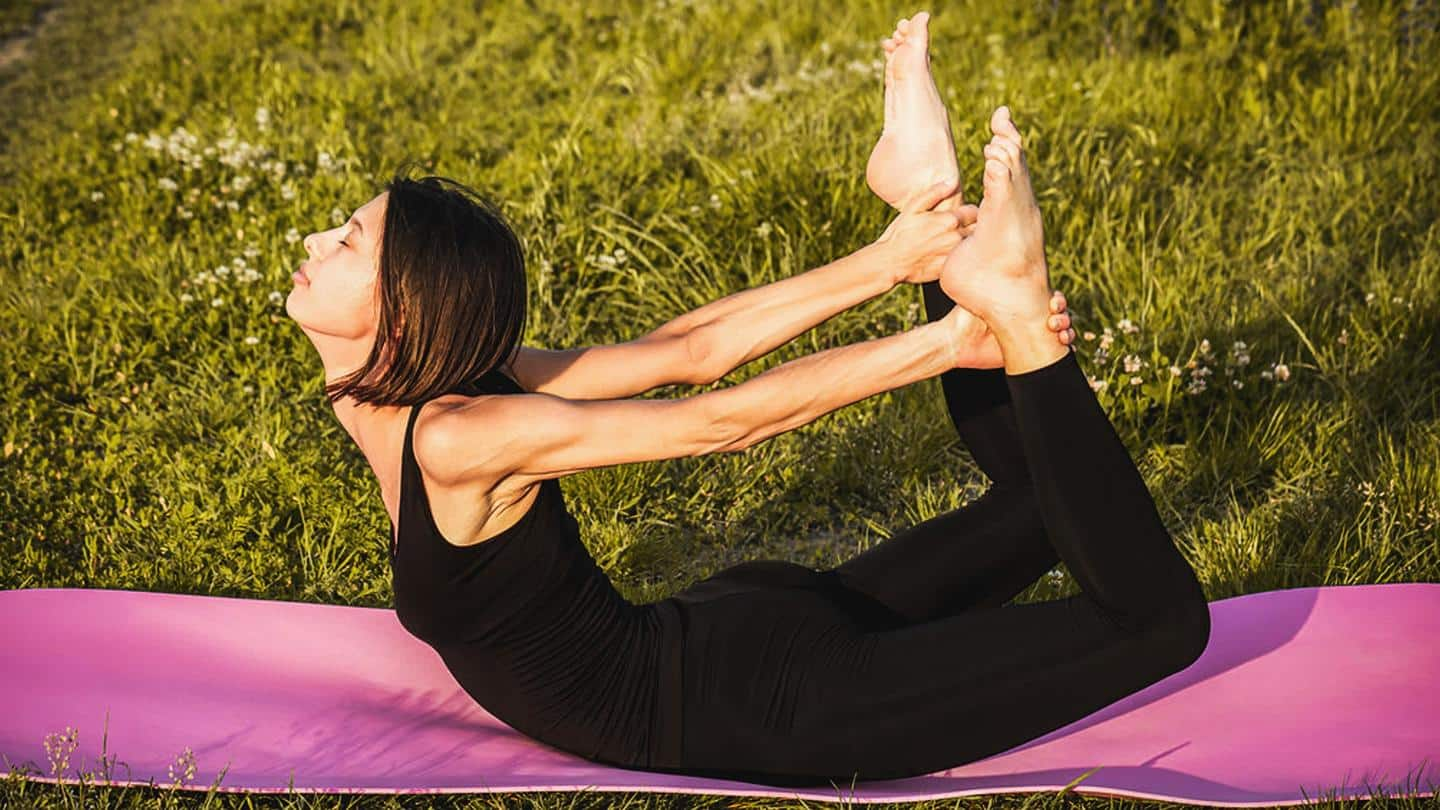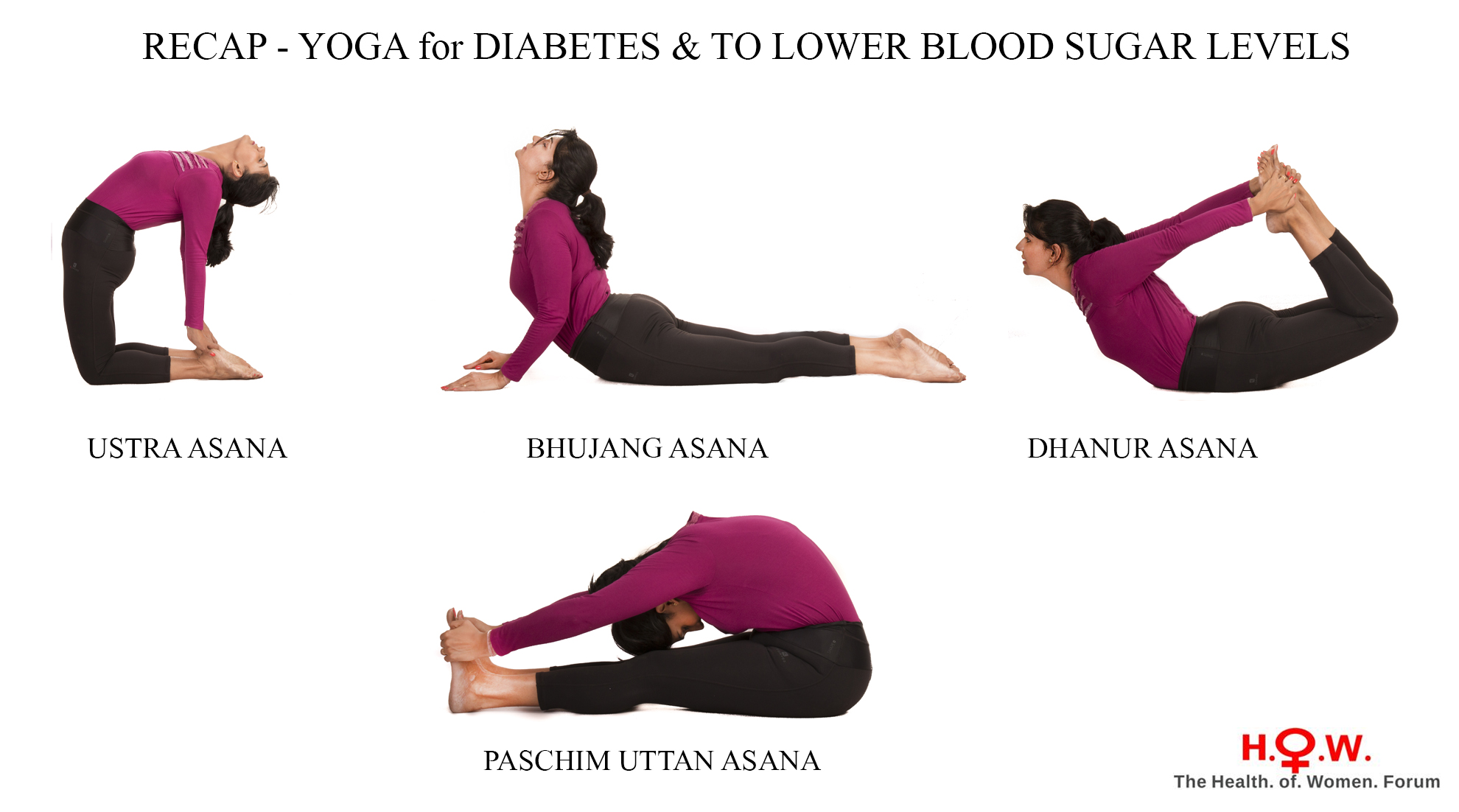
Anxiety, a common disorder, can be relieved by yoga poses. These yoga poses are extremely effective at calming anxiety and relieving it. Ralph Waldo Emerson once said that "Nothing brings your peace except yourself." These yoga poses for anxiety may help you find that peaceful place. These are some of the most effective. These will calm you and make you feel more relaxed.
The Easy Pose blends diaphragmatic and toe lifting. You can focus your efforts on decreasing anxiety by focusing on its source. A few yoga poses that help anxious people focus on opening the heart, such as Fish Pose. This deep heart opener will help to release negative emotions and open up your throat, chest, and throat. You will also be able to locate the source of your anxiety.
Warrior II Pose is a challenging pose that requires strength in your core as well as your legs. Anxiety can be caused by a number of factors, including the unknown future or a stressful job situation. Warrior II Pose can help you face any unknown by strengthening your core. Another effective yoga pose to reduce anxiety is the Upward Salute Pose. It can be done anywhere. It makes you stand taller and allows you to reach your crown.

Bridge Pose (or Corpse Pose) are two of the most effective yoga poses for anxiety. The Corpse Pose helps you relax and put rest and meditation first. The Bridge Pose, while it is inverted, creates more breathing space. The Crocodile and Bridge Pose are great for anxiety relief. These yoga poses can be used to help you relax if you are in an anxious situation.
Relaxation can be achieved by the breath of fire position. This is the perfect yoga pose for anxiety because it teaches proper breathing techniques. Kundalini yoga focuses on singing and singing. The breath of fire pose is a powerful way to relax the mind and restore balance. It will also help you release physical tension. The warrior pose is a great yoga pose for anxiety. It is important to keep in mind that the warrior pose is an advanced pose suitable for all levels.
Balasana poses allow you to stretch your whole body. This pose opens the chest and helps to relieve tension in the shoulders and upper back. This gentle position will help you relax and overcome anxiety. This pose is great for headache sufferers. This pose can be used to release anxiety and increase blood circulation. These are the best yoga poses for anxiety.
Supported bridge pose is a resting pose that stretches the neck, spine, and chest. It also helps with digestion. This pose is great for anxiety as it helps you to focus on the mind-muscle connection. It is one of the most commonly used yoga poses for anxiety. In this pose, the spine is extended and the chest is contracted. The brain will follow the muscles as they relax. This is a way to calm the mind, nervous system and body.

Savasana is another great pose to help anxiety. You can rest your head on your back while keeping your eyes closed. It's very relaxing and can calm your mind. It helps you sleep better. You will be able to manage your emotions by focusing on your breath and bringing your attention towards your breath. This is one advantage of yoga for anxiety. So, you shouldn't wait to start trying it!
Yoga is a wonderful option for people suffering from anxiety. Yoga poses to reduce anxiety can be helpful. These exercises can reduce cortisol levels. By reducing cortisol levels, you will feel calmer and more relaxed. Your anxiety may be eliminated. This is a great starting point for yoga. Here are some examples of poses you can try if you don't know where to start.
FAQ
Is it true that overeating protein causes kidney stones?
Protein is essential for healthy bones and tissue. Consuming too much protein can result is calcium excretion via urine. In turn, this can result in kidney stones.
It is important to remember that not all people get kidney stones from eating more than 2g protein per kilogram (2.2lbs) of body weight. It is possible to eat high levels of protein without developing kidney stones.
By watching how much sodium you consume, kidney stones can be prevented. The kidneys regulate the amount of sodium they consume. A high level of sodium can increase the risk of developing kidney stone.
If you have kidney stone, you might also consider reducing your protein intake. For most people, protein provides half their daily caloric requirements. It is possible to lose weight by cutting down on your intake of proteins.
If you do decide to eat more protein, don't go overboard. You should aim to consume less than 20% of your total calories from protein.
How Metabolic health is key to aging well
People are living longer today than ever. However, people are getting sicker as they live longer. Despite making great progress in medical science, it is becoming more apparent that our current approach to medicine is not working.
It is time to change the way we view health and aging. We have to start looking at metabolic health - not just weight loss but overall wellness - as the key to healthy aging.
You must ensure your metabolism is strong and healthy throughout your life if you want to lead a long, active life.
The good news? There are many things you can do to improve your metabolism. These 7 foods can be incorporated into your diet.
-
Resveratrol is a component of blueberries that has been proven to improve cellular longevity. They also provide antioxidants and vitamins C & E.
-
Pinto beans and lentils make excellent sources of fiber as well as plant-based protein. These nutrients help to keep blood sugar levels constant so they don't spike and crash.
-
Broccoli is rich in sulforaphane. Studies have shown that it protects cells from DNA damage. It may even be able to slow down cancer progression.
-
Chia seeds are rich in fiber and omega-3 fatty acid. They're also loaded with antioxidants and protein. All of these nutrients are good for heart health, brain function, gut health, and overall health.
-
Green Tea contains polyphenols called catechins. Studies have shown that green tea contains catechins which are linked to lower bone fractures and cardiovascular disease. They also reduce cognitive decline and diabetes risk.
-
Salmonis high in protein and rich in vitamin D is one of the most popular sources of lean proteins.
-
Walnuts are rich sources of omega-3s and antioxidants, such as alpha lipoic (ALA). ALA helps boost energy production and protects against inflammation.
Do I have to exercise every single day?
No! At least 30 minutes moderate-intensity exercise five days per week is a good goal. This could be walking fast enough so you feel slightly out breath or cycling hard enough to sweat.
Is Cardio Better Than Strength Training?
Both are equally great. If you want to increase muscle mass faster, cardio is the better option.
Cardio burns far more calories per min than strength training. It also burns fat more efficiently.
Strength training is a great way to build muscle mass. However, it takes more effort than cardio.
What food should I avoid if I want to lose weight
Avoid trans fats. Trans fats increase LDL cholesterol (the bad) and decrease HDL cholesterol (the healthy).
Trans fats can be found in fast food, deep-fried foods, packaged baked goods, snack cake, and other processed foods.
These unhealthy fats can also lead to inflammation, which can cause heart disease and diabetes.
Foods containing artificial sweeteners should also be avoided. Artificial sweeteners increase the risk of getting cancer.
These chemicals are used in everything from soft drinks to chewing gum to candy bars. They can also be found in other foods like meat, poultry, and eggs.
Artificial sweeteners are saccharin (cyclamate), sorbitol and aspartame.
The American Heart Association suggests that you avoid these chemicals as they can cause DNA damage in your cells.
How many calories do I need to eat each day?
This will vary from person-to-person. The average is 2000 - 2500 calories per day. The factors that determine how many calories are needed for you include your gender, age, height, activity level, lifestyle, and gender.
Statistics
- Get free shipping and 25% off today. (healthline.com)
- 10 pounds in a month is likely during a lean bulking phase, especially for beginners. (muscleandstrength.com)
- An estimated calorie range for moderately active adult males falls between 2,200 to 2,800 calories per day, depending on age. (eatright.org)
- Cardmembers earn 5% Back at Amazon.com with a Prime Credit Card. (amazon.com)
- According to the American Academy of Dermatology (AAD), men over 50 are at a heightened risk of developing it. (healthline.com)
External Links
How To
How does a man become fit in just 30 days?
Breaking down fitness goals into manageable steps will help you reach your fitness goals.
You need to make sure you are working towards the goal each day. This could be anything from running 3km to doing 10 pushups in 5 minutes.
Positive results will be achieved if you do this consistently over time.
Here, consistency is the key. You must persevere until your success is achieved.
What is the difference between Aerobic Fitness (or Anaerobic Fitness)?
Anaerobic fitness means that our bodies can perform intense physical work with no oxygen. Anaerobic pathways are used to give our bodies enough energy to perform high-intensity exercise. Anaerobic pathways include glycolysis and creatine phosphate.
Aerobic fitness, however, refers to the continuous practice of low-intensity aerobic exercise. While performing aerobic exercises, oxygen is used as the primary source of fuel for the cells. In other words, aerobic pathways provide more energy than anaerobic.
For example, if you want to run a marathon, you must first build up your aerobic capacity. You won't be successful if you focus only on your anaerobic ability.
Aerobic fitness is also referred to as cardiovascular fitness. Step tests and VO2 max testing are the most popular methods to measure cardiovascular fitness.
Test VO2 Max
VO2 max refers to the maximum amount of oxygen (O2) used by the body during exercise. This test measures the body's ability to use O2 while exercising.
This test can measure your cardiovascular fitness accurately. This test requires expensive equipment, and highly qualified professionals to administer.
Step Tests
Step tests are a quick and easy way to test your cardiovascular fitness. They involve walking or jogging on a treadmill or track for a certain duration based on your age and weight.
These tests can be conducted almost anywhere and are cheap, simple, and easy. For example, you could walk on a treadmill 20 minutes and then stop. Throughout the entire session, your heartbeat should stay within a set range.
This protocol is called the "Bruce Protocol". Bruce, himself a runner developed this protocol when he realized his heart rate didn't rise when he ran long distances.